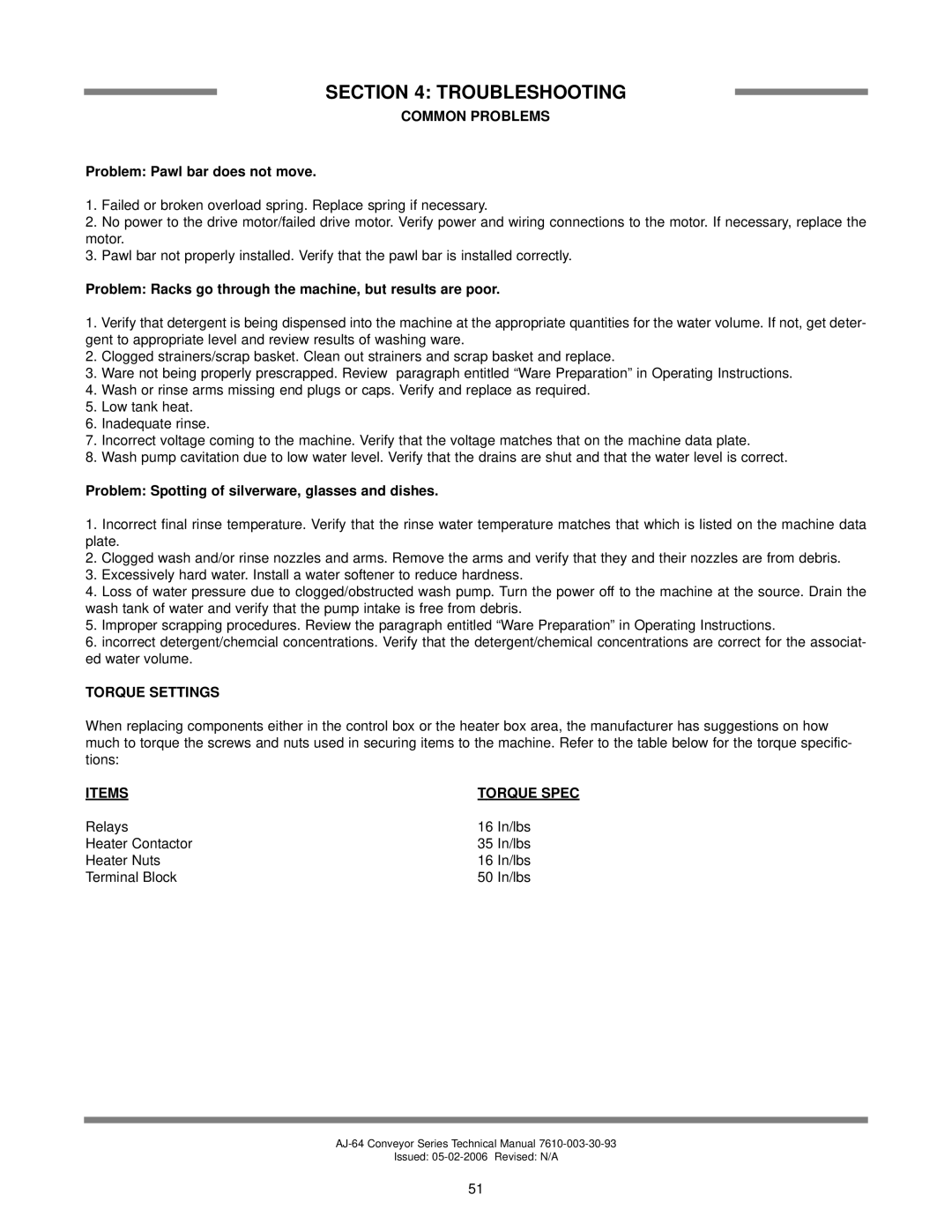AJ-100CE, AJ-100CGP, AJ-100CS, aj-86ce, AJ-86CS specifications
The Jackson AJ series of guitars exemplifies a dedication to high-quality craftsmanship, innovative technology, and stunning aesthetics, making them a favorite among guitarists of various skill levels.The AJ-100CGP is a standout model in the lineup, featuring a solid spruce top and mahogany back and sides that deliver a rich and vibrant tone. This guitar embodies a classic dreadnought design, offering a full, powerful sound ideal for both strumming and fingerpicking. Its high-gloss finish enhances its visual appeal while also promising durability, making it suitable for regular performances and practice sessions. The inclusion of a rosewood fretboard provides smooth playability and features elegant dot inlays for easy navigation along the neck.
The AJ-86CS offers a slightly different aesthetic with its cutaway design, allowing for improved access to higher frets, making it a great choice for lead guitarists. It combines a solid cedar top with mahogany back and sides, creating a warm and articulate tone, perfect for a range of musical styles from folk to rock. The fishman pickup system integrated into this model ensures that the guitar sounds incredible both plugged and unplugged, allowing musicians to connect in various performance settings.
For those seeking an elegant option, the AJ-100CE is an acoustic-electric guitar that pairs a solid spruce top with mahogany back and sides as well. The onboard electronics maintain the guitar's natural voice, providing an authentic acoustic sound when amplified. The cutaway body shape not only adds visual flair but also enhances playability, making it a preferred choice for solo performances.
The AJ-64CS showcases vintage tones with its solid Sitka spruce top paired with carefully selected mahogany back and sides. This guitar is designed with a classic vibe, featuring detailed binding and a distressed finish that evokes a sense of nostalgia. The AJ-64CS is favored by players who appreciate well-balanced sound and sustainable construction.
Lastly, the AJ-86CE brings a high-performance focus to the lineup with its innovative features. Similar to the AJ-100CE, it boasts a cutaway design and an enhanced pickup system for amplified clarity. The blend of spruce and mahogany offers intricate tonal possibilities, catering to both strumming and intricate fingerstyle techniques.
In conclusion, each model in the Jackson AJ series presents unique characteristics and sound profiles, marrying classic craftsmanship with modern technology. This makes them versatile instruments suited for a wide range of musical expressions, making them invaluable additions to any guitarist’s arsenal.

